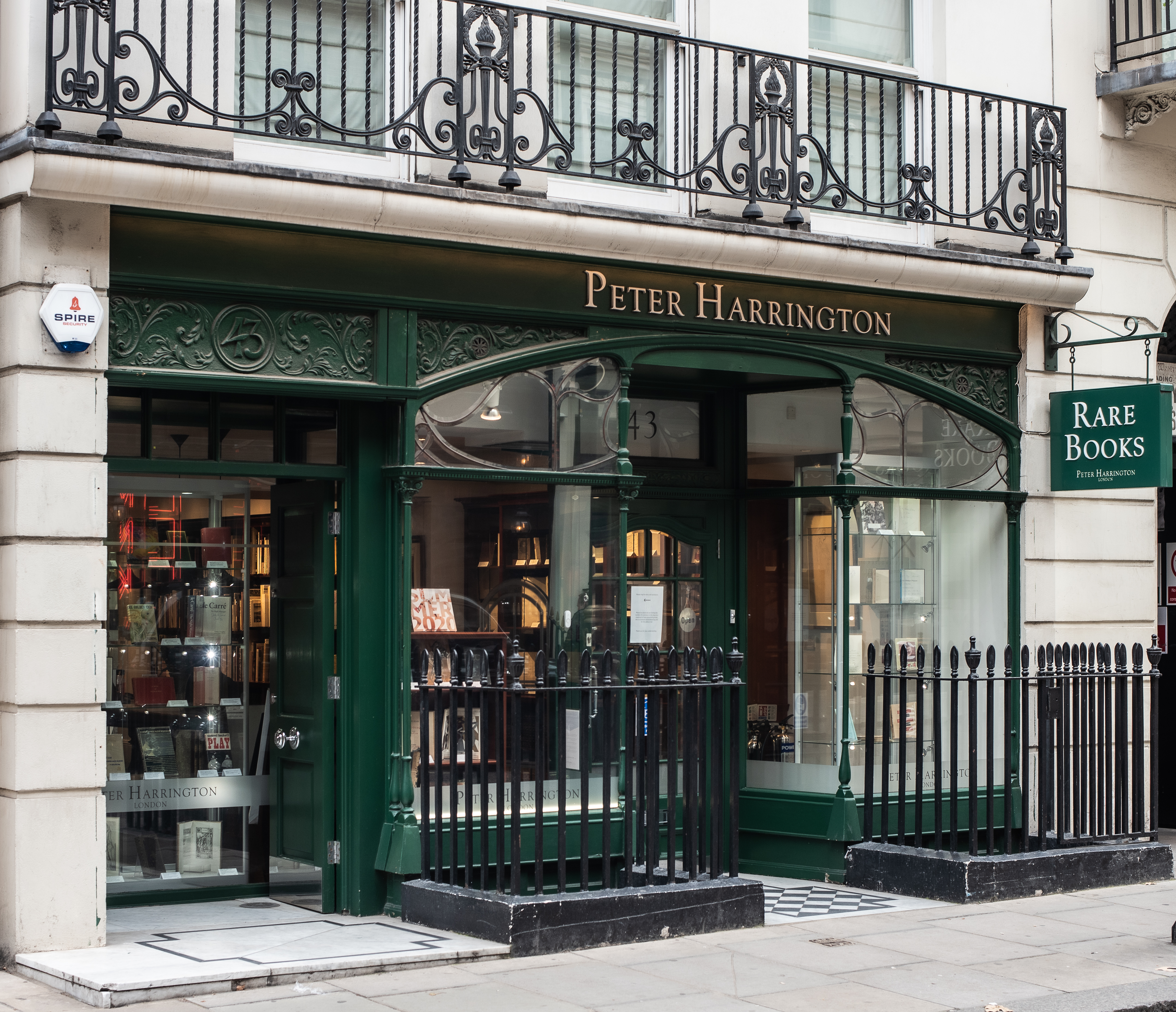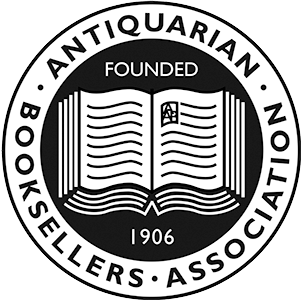Chicago: Henry Regnery Company,, 1959-64. First editions, first printings, inscribed by the 31st President on the front free endpaper of Volume I, "To J. Keller Kirn Sr the good wishes of Herbert Hoover". The recipient, a retired banker in Lancaster, Ohio, was a proponent of the gold standard, sound finance, and strict adherence to the constitution, frequently writing to newspapers and representatives. He served as chairman of the Ohio branch of the Gold Standard League. Hoover's final major work charts the aid provided by the United States to ameliorate the effects of war and famine during the prior half century, especially during and after the First World War. During and after the First World War, Hoover spearheaded America's gigantic relief effort for Europe. He served as head of the Commission for the Relief in Belgium, as President Wilson's US Food Administrator in charge of voluntary rationing (1917-1919), and director general of the American Relief Administration in Europe (1919-1920). His achievements "made him such a popular figure that both parties courted him as a presidential nominee in 1920" (ANB). In these volumes, written towards the end of his life long after leaving the White House, Hoover returned to his role in this project and America's role in famine relief more broadly. The first volume deals with the relief of Belgium and Northern France from 1914 to 1930, the second with aid to other allied and neutral countries, the third with full-scale famine relief across 45 nations, and the fourth with the US's similar role during and after the Second World War. Hoover criticizes Roosevelt's limited aid program in the Second World War, and Churchill's economic blockade of Europe, as contributing to suffering. Though Hoover's role as President presiding over the Great Depression remains controversial, history is almost unanimous in praising his earlier relief work, which is credited with saving tens of thousands of lives, and is evidence of his tremendous ability as an organizer. 4 vols, octavo. Original blue cloth, spine lettered in silver, Hoover's facsimile signature in silver to front covers. With dust jackets. Very light rubbing at extremities, contents a little toned; jackets a little rubbed and worn, vol. I price-clipped, other front flaps with sticker of Hoover museum. A very good set in good jackets.














